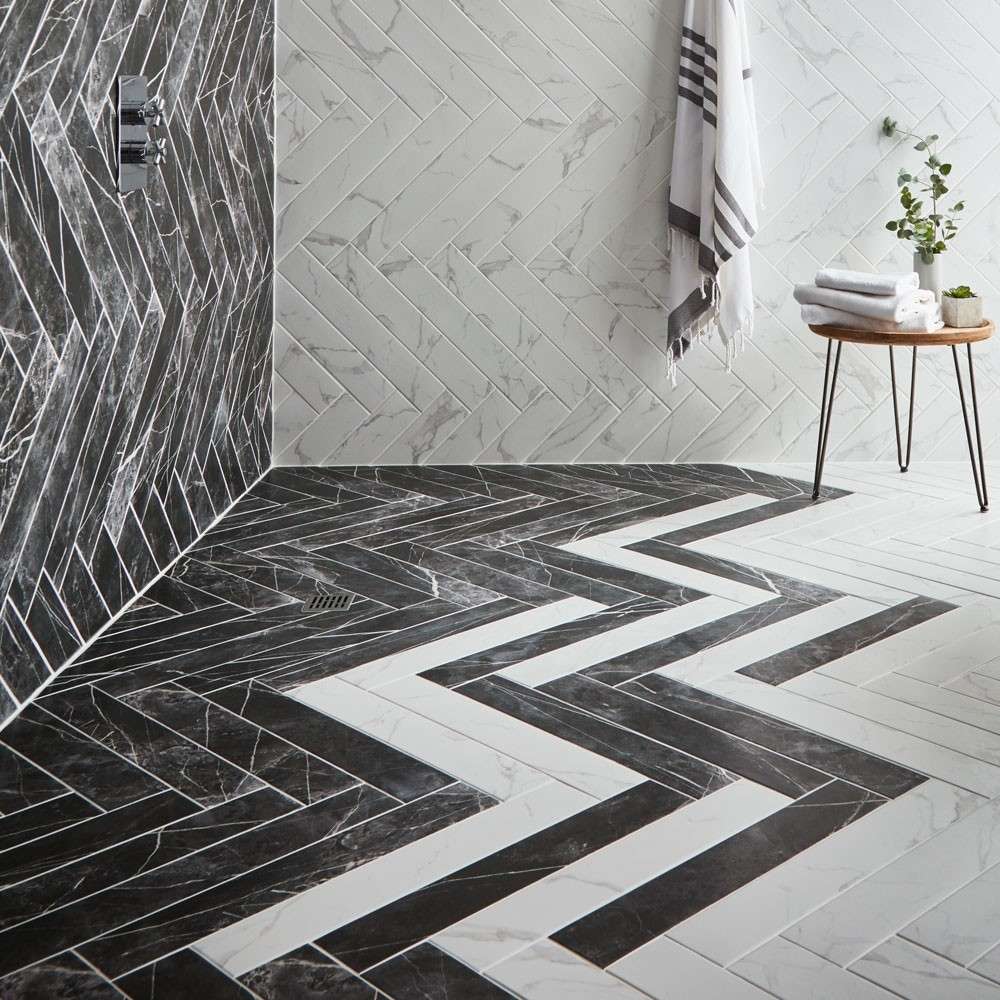Are you looking for the perfect flooring option for your wet areas like the kitchen or bathroom? Well, look no further because ceramic tiles are here to save the day! Ceramic tiles are a fantastic choice for wet areas due to their durability, easy maintenance, and water resistance. Whether you’re dealing with spills, moisture, or high foot traffic, ceramic tiles have got you covered.
Let’s talk about the kitchen first. With its constant hustle and bustle, the kitchen demands a flooring option that can withstand the daily wear and tear. Ceramic tiles are not only incredibly durable but also easy to clean, making them perfect for the kitchen. Plus, they come in a wide variety of styles, so you can find the perfect look to complement your kitchen decor.
Moving on to the bathroom, you’ll definitely want a flooring option that can handle the high moisture levels. Ceramic tiles are moisture-resistant, making them an ideal choice for this space. They also offer a clean and modern look, adding a touch of elegance to your bathroom. And if you prefer a warmer feel underfoot, luxury vinyl tiles or cork flooring are great alternatives that can handle moisture well.
In this article, you’ll learn more about why ceramic tiles are perfect for wet areas in your home. So, whether you’re considering a kitchen renovation or planning to update your bathroom, read on to discover the many benefits of ceramic tiles. Ceramic tiles are perfect for wet areas like kitchens and bathrooms for several reasons. Firstly, they offer exceptional water resistance, making them highly suitable for environments prone to moisture. This feature is especially crucial in rooms where spills, splashes, and excessive humidity are common occurrences.
Additionally, ceramic tiles are incredibly easy to clean. In wet areas, maintaining cleanliness and preventing the growth of mold, mildew, or bacteria is essential. With ceramic tiles, a quick wipe or mopping is usually all it takes to keep them looking fresh and hygienic.
Moreover, ceramic tiles come in a wide range of styles, colors, sizes, and textures, allowing you to choose the perfect design that complements your existing decor. Whether you prefer sleek and modern or rustic and natural, ceramic tiles offer something for everyone.
Durability is another significant advantage of ceramic tiles. They are highly resistant to wear and tear, ensuring that your floors will look good for many years to come. This longevity is especially important in wet areas, as constant exposure to moisture can cause other flooring materials to deteriorate over time.
When choosing flooring for wet areas, there are several considerations to keep in mind. Firstly, high moisture levels are a primary concern. Certain flooring materials, such as hardwood or carpet, may not withstand the constant exposure to moisture and can become damaged or develop mold or mildew.
Resistance to water damage is another crucial factor. Some flooring materials, like laminate or luxury vinyl, offer water resistance to a certain extent but may not hold up as well as ceramic tiles in areas prone to spills or leaks.
Maintenance requirements should also be considered. Some flooring options may require more upkeep and special cleaning products, while others, like ceramic tiles, only require regular cleaning with mild soap and water.
Lastly, aesthetic preferences play a significant role. Each room in your home has a unique style and ambiance, and choosing flooring that complements the overall look is important. Ceramic tiles offer endless possibilities in terms of design, allowing you to achieve the precise aesthetic you desire.
When choosing flooring for specific rooms, other factors come into play. For example, foot traffic is a crucial consideration in high-traffic areas like the kitchen or living room. Therefore, durable and scratch-resistant materials like ceramic tiles are an excellent choice.
Spills and stains are common in kitchens and bathrooms. Flooring that is stain-resistant and easy to clean, such as ceramic tiles, can save you time and effort in maintaining a pristine appearance.
Temperature and humidity levels also impact flooring choices. In wet areas where moisture is a constant factor, choosing materials that can withstand these conditions without warping or becoming damaged is essential. Ceramic tiles are known for their ability to handle moisture and fluctuating temperatures effectively.
Comfort and coziness are vital in areas like the bedroom. Hard surfaces like ceramic tiles can be colder and less cushioned underfoot. However, by using area rugs strategically, you can achieve the desired level of comfort while still benefiting from the water-resistant nature of ceramic tiles.
Different types of flooring materials can be used in wet areas, each with its unique advantages and considerations. Hardwood, engineered wood, laminate, vinyl, porcelain, carpet, slate, granite, outdoor rugs, natural stone like slate or marble, and cork are just a few examples of the materials available for various rooms in your home.
When making decisions about flooring, factors such as budget, style preferences, maintenance requirements, allergies, and moisture resistance must be taken into account. It is crucial to find a balance between your preferences, practicality, and the room’s specific needs.
Choosing the right flooring for each room is essential for both functionality and aesthetics. The kitchen and bathroom require materials that can withstand high moisture levels, are easy to clean, and offer a wide range of styles. The living room and bedroom should prioritize comfort and durability. Basements and balconies have their own unique considerations due to issues like moisture, temperature, and exposure to the elements.
By selecting the right flooring material for each space, you can enhance the functionality, appearance, and longevity of your home’s flooring. With its water resistance, easy maintenance, wide range of styles, and durability, ceramic tiles are an excellent choice for wet areas. However, it is important to carefully consider each room’s requirements and your personal preferences to ensure that the chosen flooring option meets your needs.
